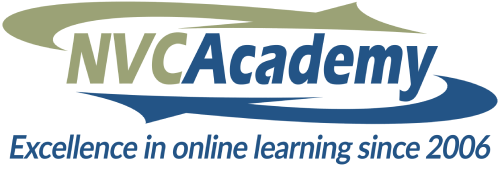
NVC Resources on Connection
-
Ask the Trainer: "A participant in our beginners' NVC practice group asked the co-facilitators if there was a confidentiality agreement that was typically used in NVC practice groups?"
-
This video with Jim and Jori Manske explores how to navigate polarizing conversations.
-
Trainer Tip: Sometimes the best way to get our need me is to first connect with the needs of another.
-
Trainer Tip: The better you connect with your child’s needs, the more you will defuse the power struggle. If he wants to behave in a way you don't like, start by understanding what's going on with him by making empathic guesses. Doing this out loud can expand your child’s emotional vocabulary and show that his needs matter to you, and build his trust. Once you learn what's going on with him, create a strategy that values both your needs.
-
Robert's passion was in the spirituality of the Nonviolent Communication (NVC) process. He saw NVC both as a process that helps people connect more authentically with themselves and others, and as a spiritual practice and way of living. The worldwide NVC community mourned when Robert died in 2021. He left behind a legacy of work that emerged from a lifetime of inquiry into the intersection between spirituality and human communication.
-
Join CNVC Certified Trainer Arnina Kashtan as she examines the nature of guilt and how apologizing often fails to connect us to our needs.
-
Mourning, grief and celebration is a way to connect with what we love and want to honor. In this trainer tip we learn that these three things can become a way for us to understand our emotions regarding our losses and appreciations.
-
This exercise explains four stages of the "Need Cycle": Fulfilled, Emerging, Urgent, Satisfying. It asks us to consider, connect and identify needs, feelings and where we are in the Need Cycle. Then it prompts us to remain mindful of the need for sustenance as we move through the cycle, noticing the subtle shifts in your physical sensations and emotions.
-
When bullying occurs, if we do our own healing, our brains can become more sharp and present and willing to take action to connect and to begin to shift and mitigate the harm that trauma does in our world. We can reduce trauma inflicted upon others when we recognize the patterns of abuse and bullying, hold zero tolerance for it, bring in support for both sides of the conflict, and take action to effect systemic change. Read on for more.
-
Listen in as Dian shares her tips and sense of urgency around bringing NVC skills to work: 1) How to use your imagination (visualization!) to help you connect with somatic responses and needs; and 2) Five built-in advantages to sharing NVC in the work place.











